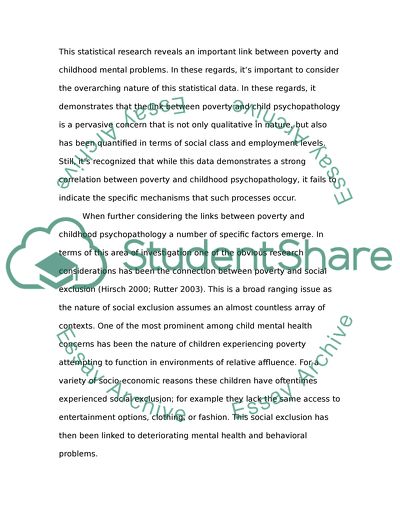Cite this document
(“Poverty and Child Psychopathology Research Paper”, n.d.)
Retrieved from https://studentshare.org/psychology/1436038-how-poverty-affects-child-psychopathology
Retrieved from https://studentshare.org/psychology/1436038-how-poverty-affects-child-psychopathology
(Poverty and Child Psychopathology Research Paper)
https://studentshare.org/psychology/1436038-how-poverty-affects-child-psychopathology.
https://studentshare.org/psychology/1436038-how-poverty-affects-child-psychopathology.
“Poverty and Child Psychopathology Research Paper”, n.d. https://studentshare.org/psychology/1436038-how-poverty-affects-child-psychopathology.


